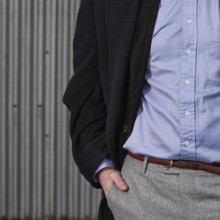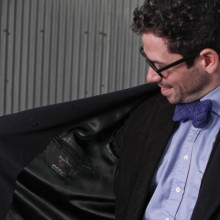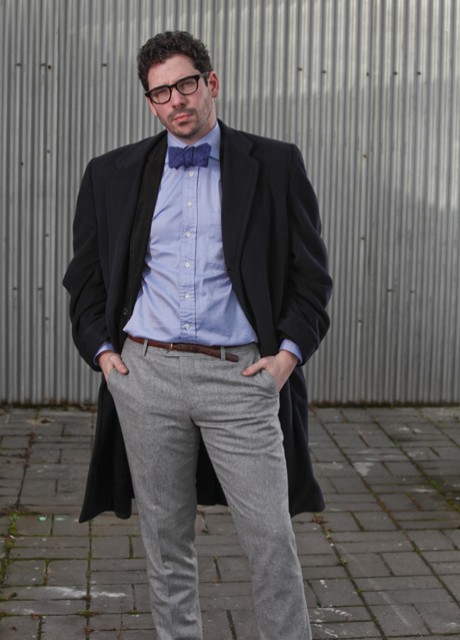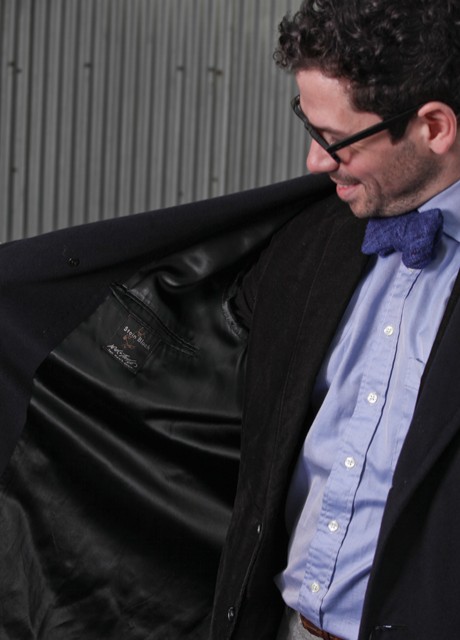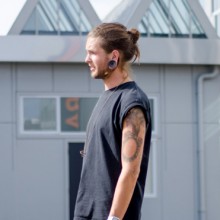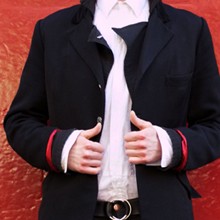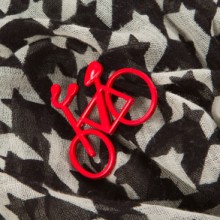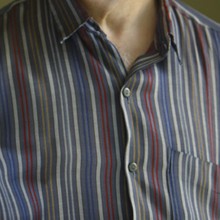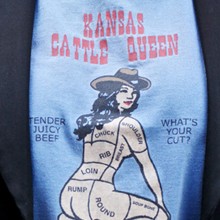
Ethics of Use
Brands control upstream supply chains assiduously; but downstream, after a garment is sold, the user is in charge. A user’s actions can uphold a brand’s values, be incurious about them or subvert them in a range of direct or subtle ways. Defiance comes in many forms: the protestations of a blog, the cutting and reworking of scissors and thread, or the attitude with which a garment is worn, upending the worldview of the corporation that made it.
Utility cashmere
"This is a coat that my grandfather, Joseph O'Brien, purchased at the department store Lord and Tailor, in New York City in 1957. And it is made of long staple royal imperial cashmere, the entire shell of the coat. And inside is a 100% silk… It was tailored by "Steinbach", based in Rochester, New York.
My grandfather wore it to John F. Kennedy's inauguration. And stood out in the cold, to watch John F. Kennedy be sworn in as president of the United States. And then my father wore it, thirty, forty, almost fifty years later, to president Obama's inauguration and stood out in the cold and watched it. So it doesn't fit me… but I'm sure as I age, I will fill it out, as we all do…. Outside of a few little blemishes, moth holes, maybe an occasional cigarette burn, it still in great shape. And you know, they don't make like this anymore. It was seen as an investment piece of course. And you had few of them... He was a financially successful man, but he opened up his car with pliers… he just believed in utility..."
Vancouver - January 2013
Photograph by
Jeremy Calhoun
+ More views from this story






